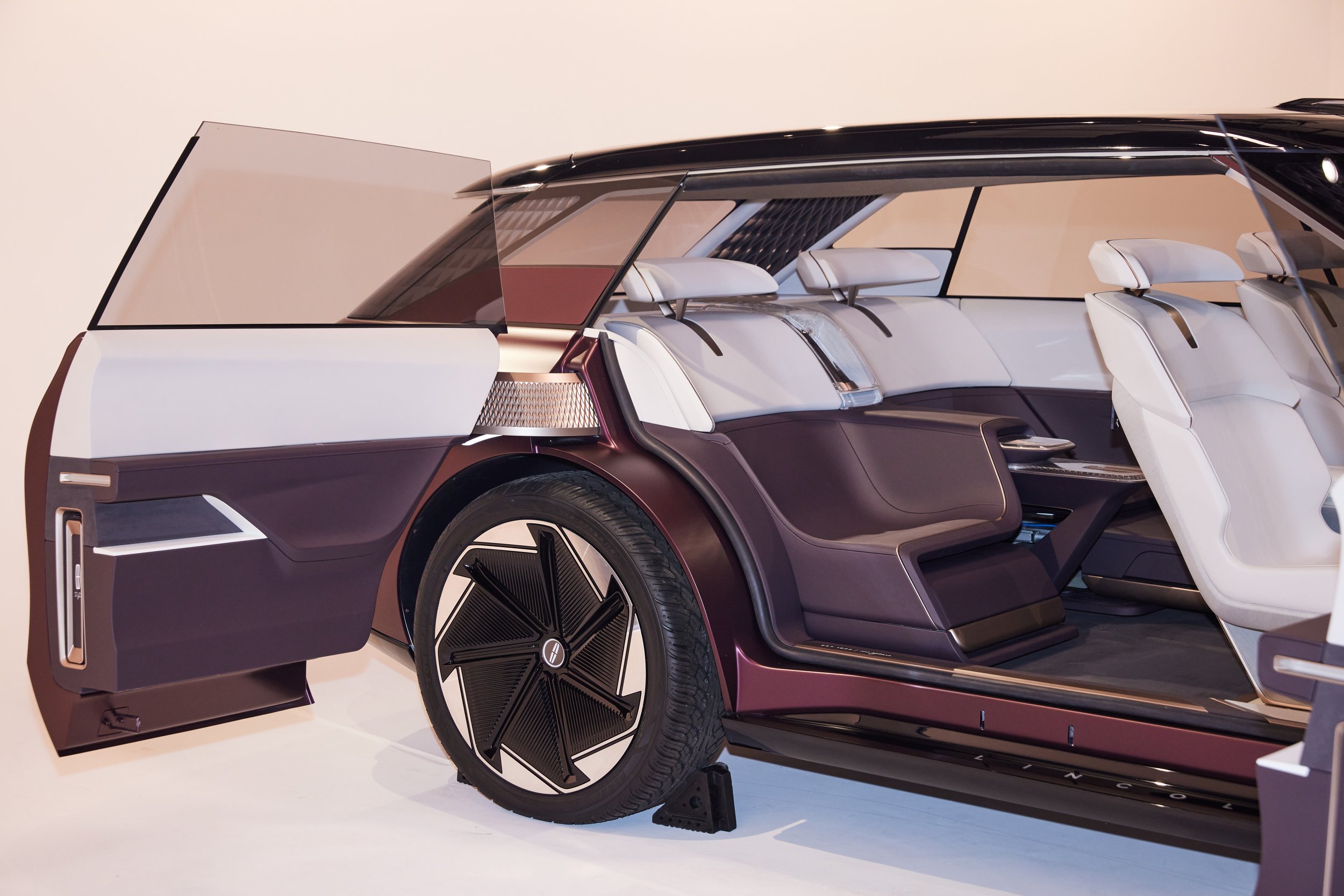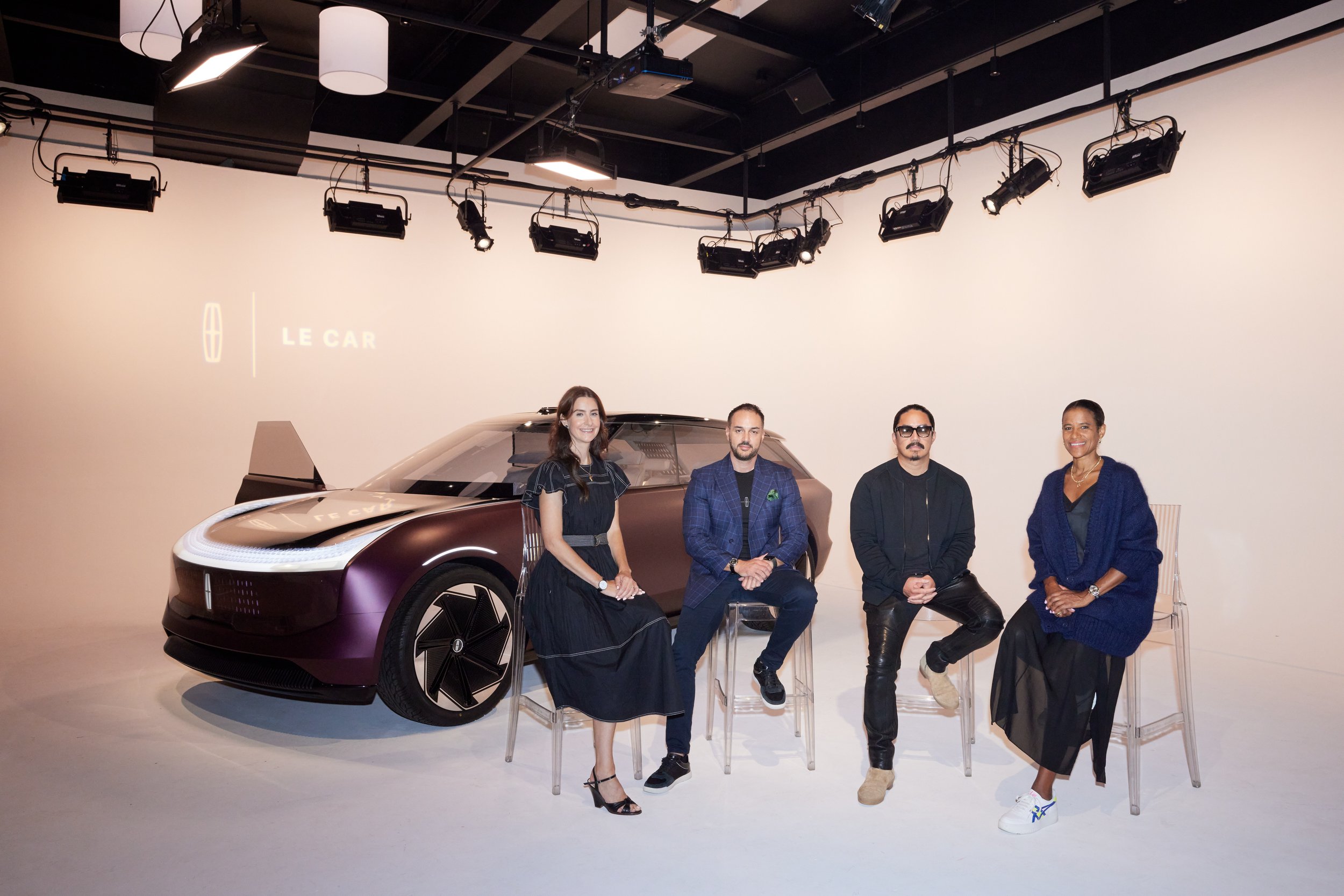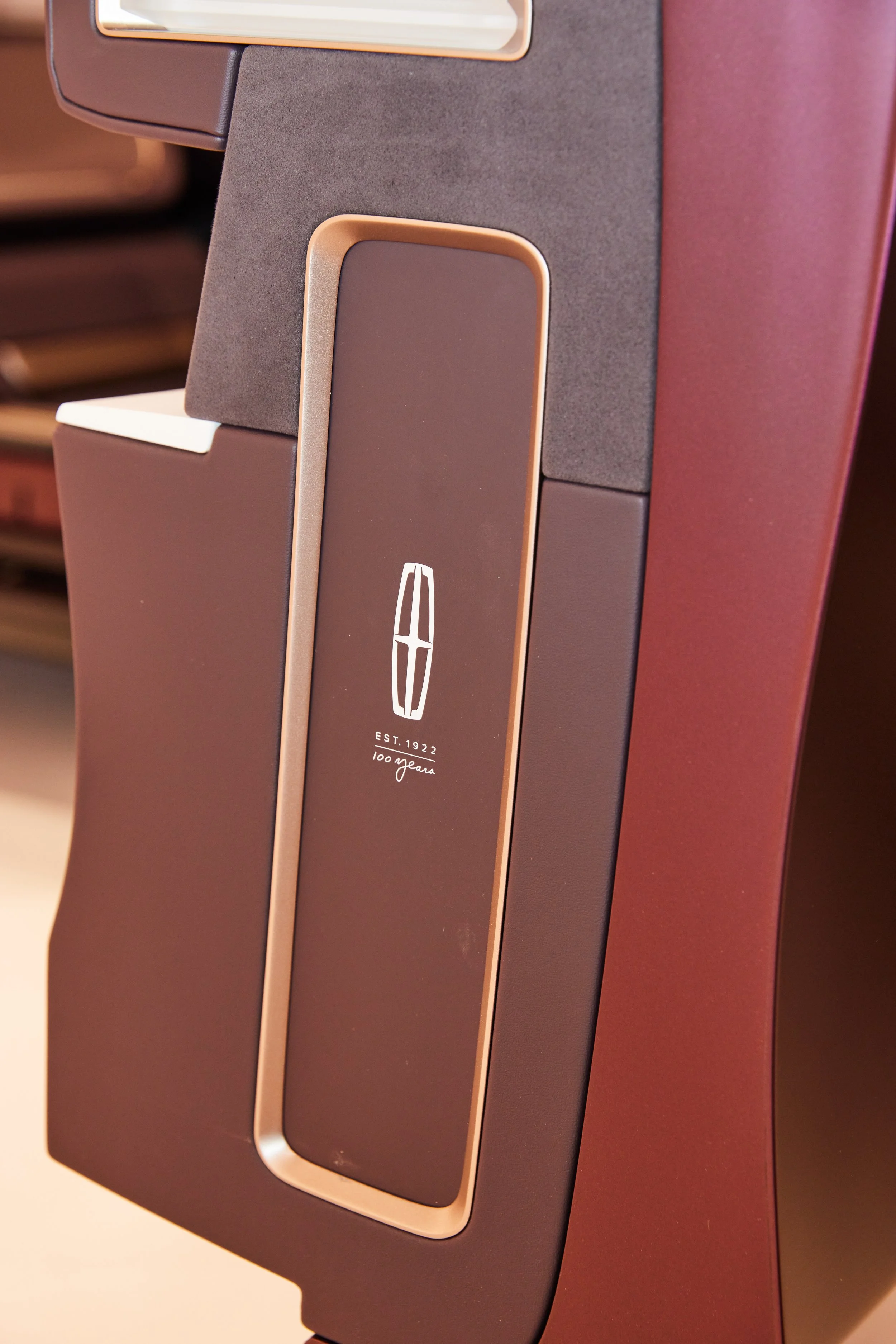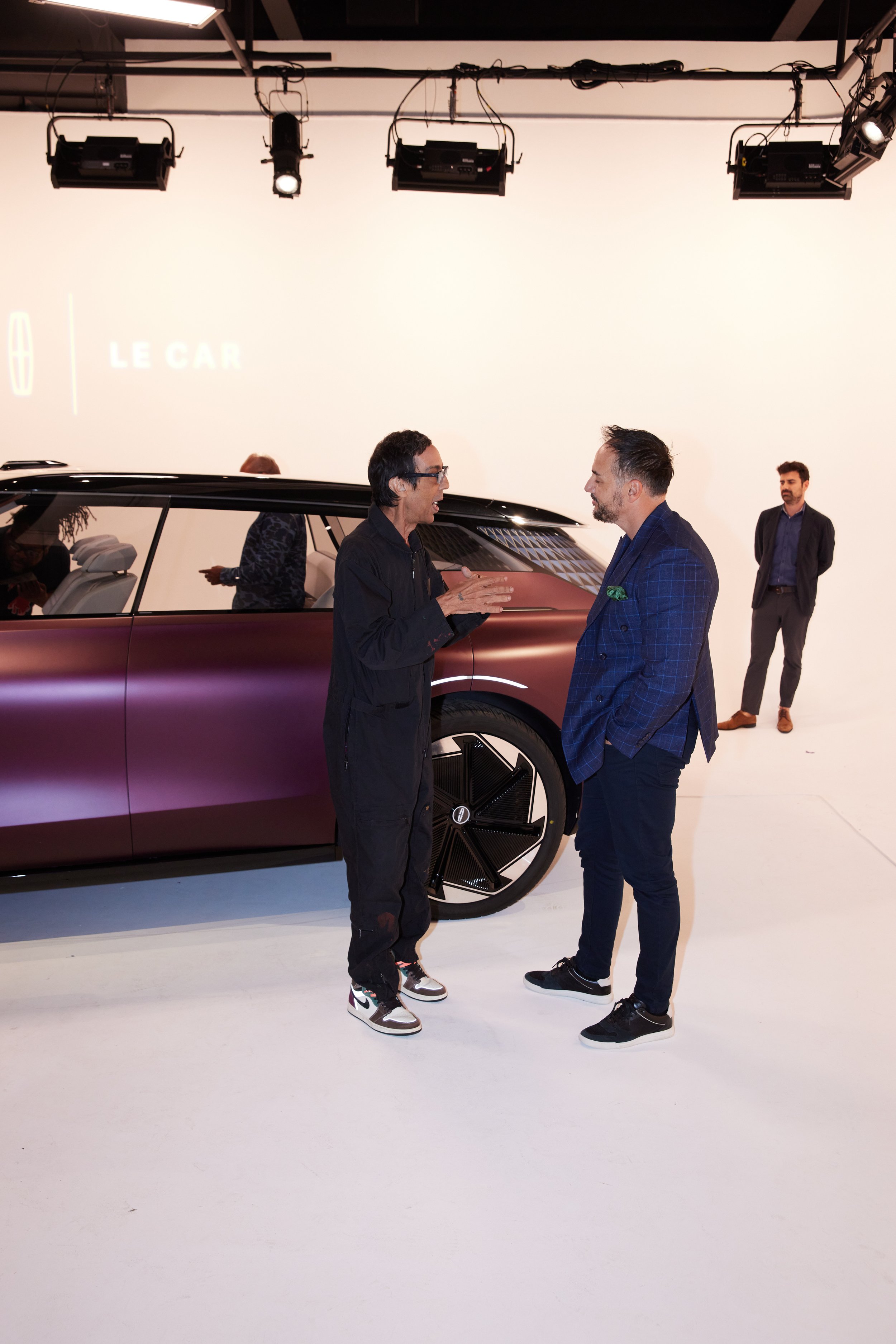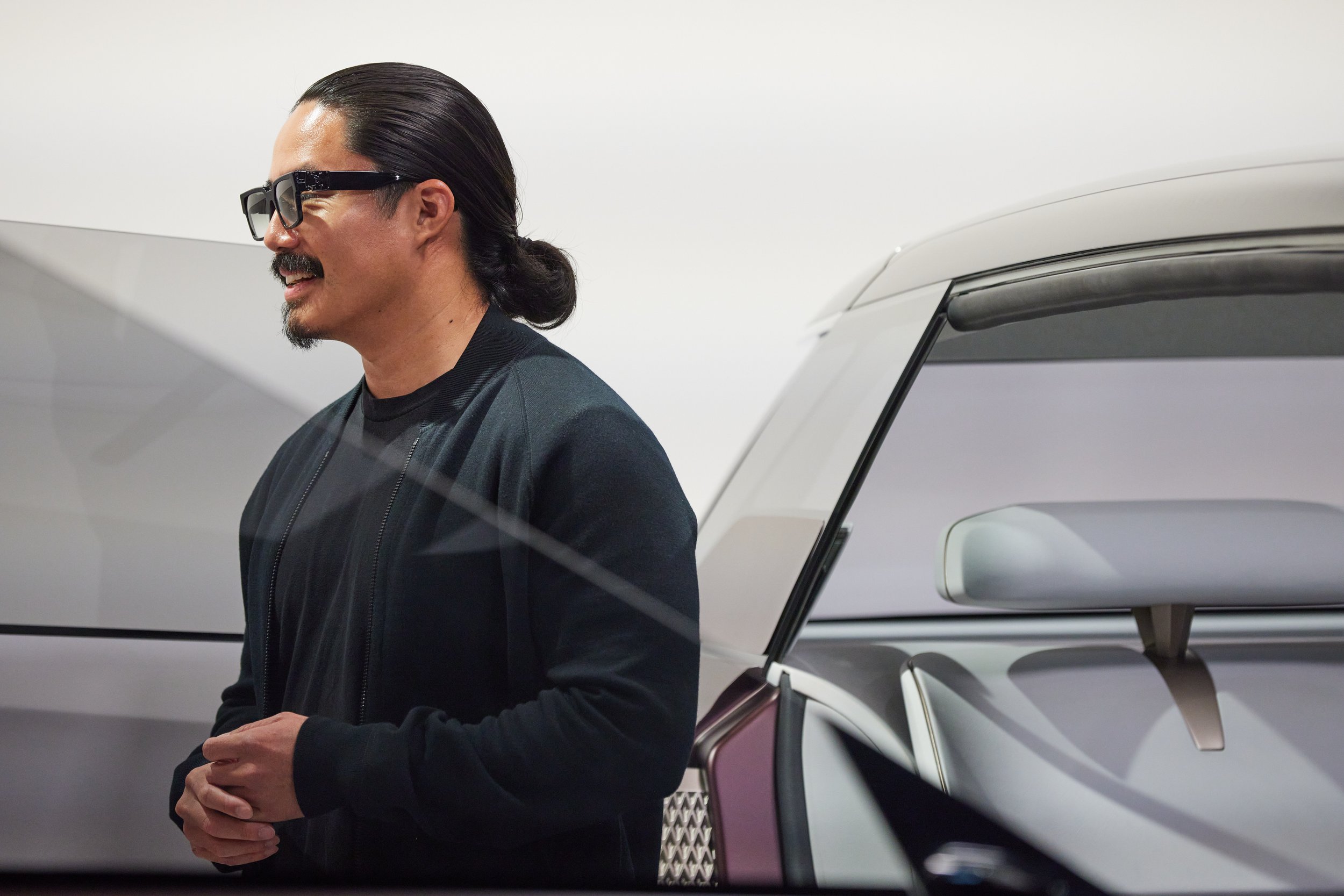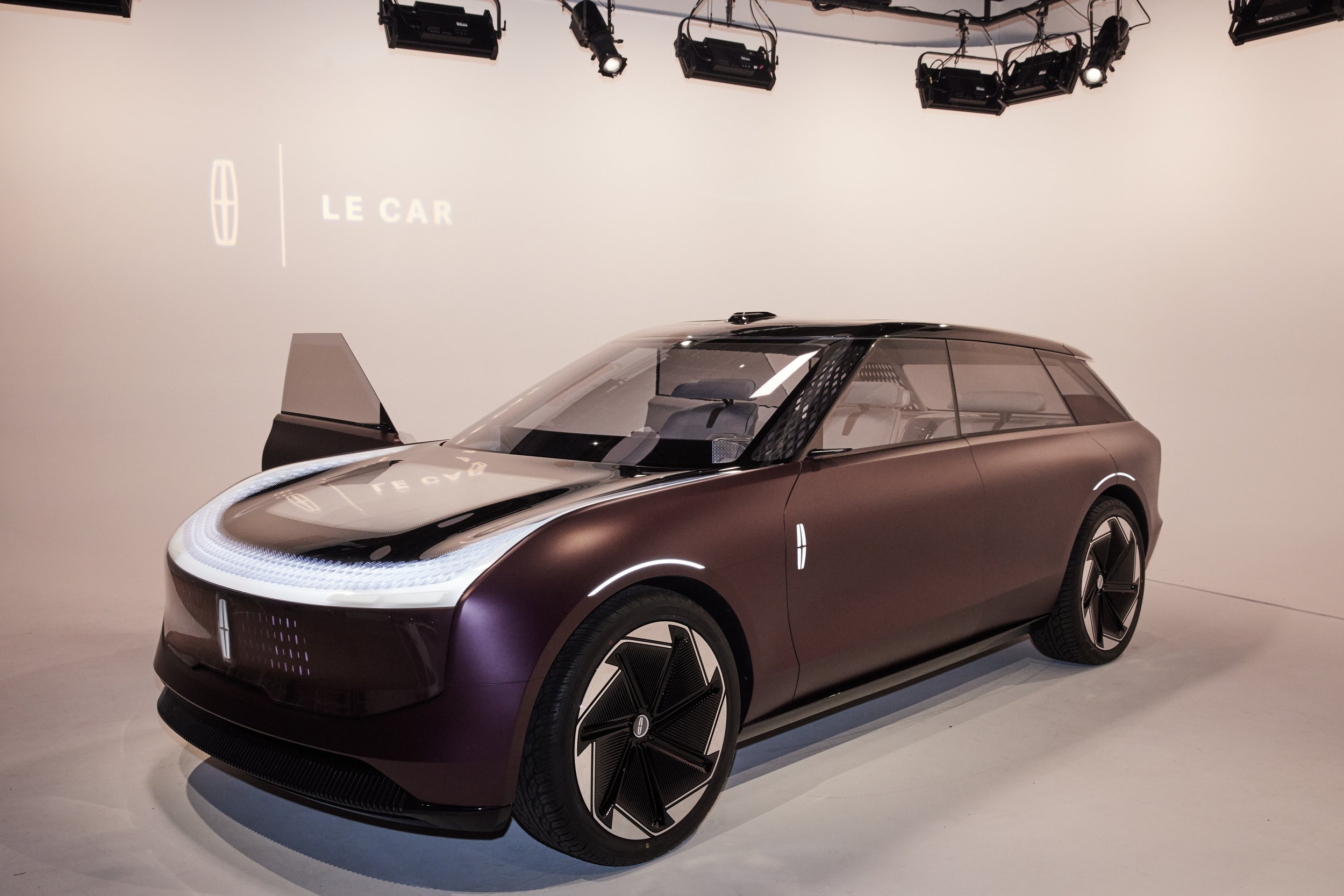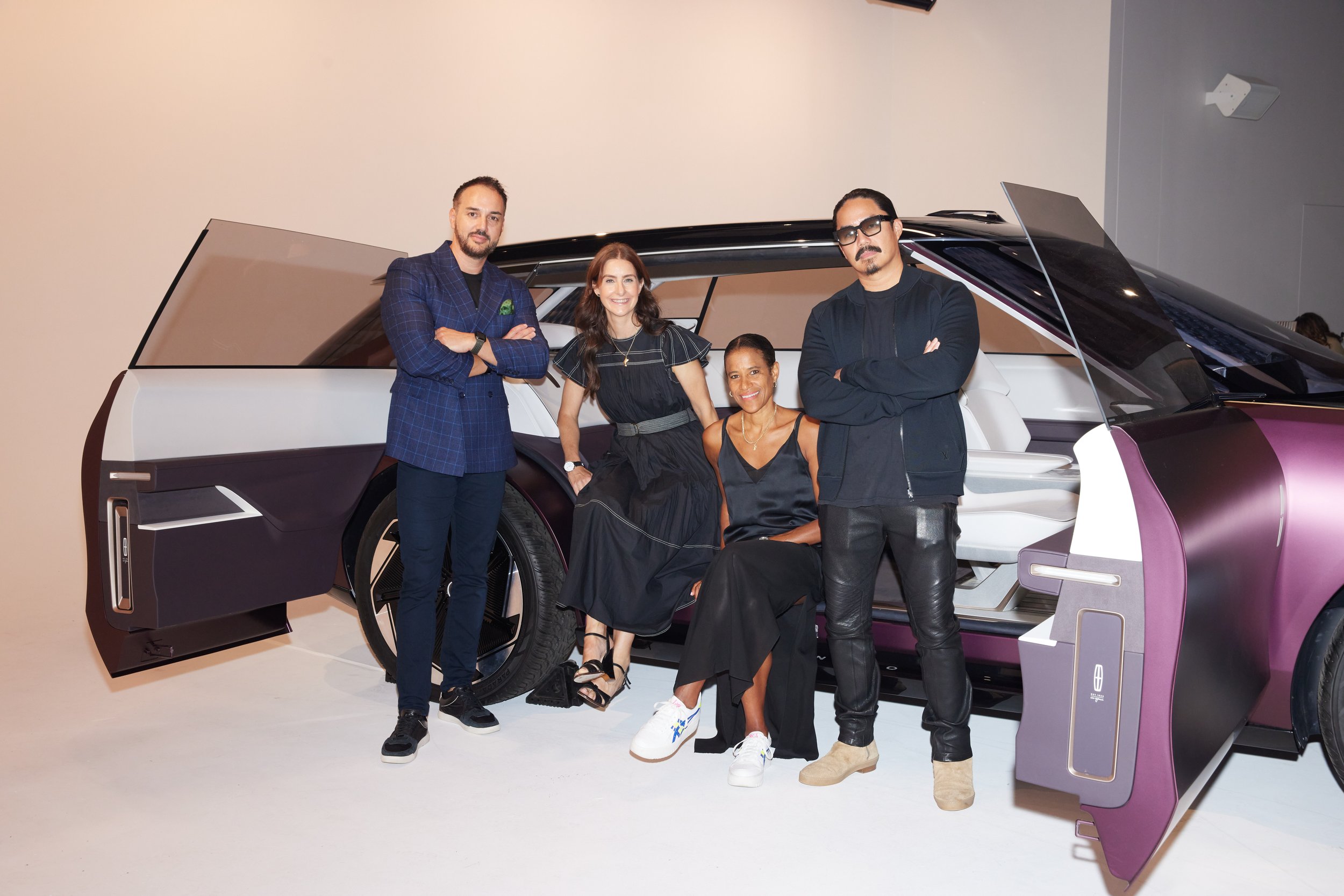Lincoln x Le Car Talk: Designing the Sanctuary
The principles, ideas, and innovations that influence the creation of restorative spaces.
Kemal Curic, Tamara Warren, Isolde Brielmaier, and Preeti Sriratana.
Transformation requires deep design thinking as society is on the precipice of reconsidering how we engage with the spaces where we work, travel, live and dream. Le Car founder and CEO Tamara Warren moderated a conversation with Lincoln Design Director Kemal Curic, Preeti Sriratana, Managing Director and Partner at MN Architecture Firm, and Isolde Brielmaier, Deputy Director of the New Museum at a Manhattan studio in September. The conversation covered the concept of designing sanctuaries that span form vehicles, restaurants, to exhibitions spaces — the interior spaces that make up our built environment.
Electric cars, connectivity, and more sustainable practices prompt conversations that span across fields from automotive design, to architecture, to contemporary art curation. Thoughtful collaboration arises out of conversations among people who shape these fields as technology unlocks new possibilities in design thinking. The panel overlapped with both Spring Fashion Week and Art Week in New York City, which underscored the perspective and creative community that shapes New York City. Artist and designer Futura, filmmaker and model Gelila Bekele, and CEO and founder of Sweeten Jean Brownhill were among the audience of creatives who attended the panel.
When asked about the principals in designing spaces that serve as sanctuaries, Sriratana spoke about his New York City based firm’s deep commitment to diversity that has impacted perspective and approach that spans from reimagining the art-deco era structure the restaurant Saga to the upcoming interior of Lincoln Center. He referenced his background as first-generation Asian-American immigrant raised in central Illinois and how he draws from the lessons of his upbringing to shape his commitment to a balanced, representative team. “Space and the built environment are imbued with the values of the people behind it--the architect, owner, investors, and any stakeholders--and a sanctuary for me is one that creates space that includes rather than excludes,” Sriratana said. “Aligning yourself with those who share your values is the first and most critical step in creating a space that provides true rejuvenation. You cannot fake this energy.”
“Aligning yourself with those who share your values is the first and most critical step in creating a space that provides true rejuvenation. You cannot fake this energy.”
Brielmaier, who is a leader in the contemporary art world at one of New York’s most progressive cultural institutions shared her perspective on exhibitions making and building teams rooted in a culture of care in response to a prompt on fast-changing technology. Brielmaier, a curator, professor in arts education, and a former ballet dancer shared how her experience living internationally informs her personal definition of sanctuaries. “Contemporary art museums are filled with art and the ways in which artists' works are presented to diverse publics in these varied spaces offer important examples of how to create generative and safe spaces for community building, reflection, and creative exchange,” Brielmaier said.
Curic, who is charged with imagining the Lincoln motor’s brand’s electric future drew parallels with the panelists on the intentionality behind his studio practice. Curic shared details on his own path to leading Lincoln design that dates back to his work on the iconic Ford Mustang. Curic was raised in Croatia and dreamed of designing cars since he was child. His team’s contributions to the future were on view in the backdrop in the Lincoln Star Concept, a vehicle that serves as a window into Lincoln’s vision for its electric vehicle portfolio that debuted earlier in the year. Filled with light, space and a welcoming environment, the vehicle was in harmony with the pace of the panel. After engaging audience questions, the conversation wrapped in an emotional moment, as each panelist shared on how their different spheres were knit together by shared underlying principals rooted in the integrity of their work.
Photography by Bill Gentle.


